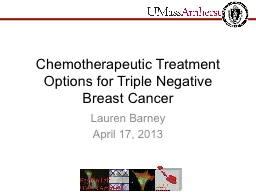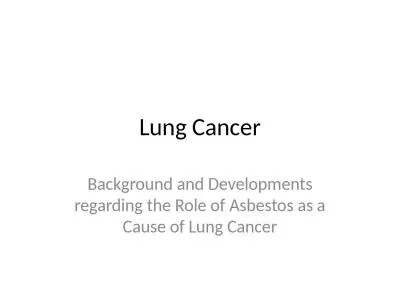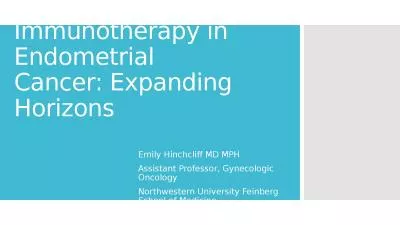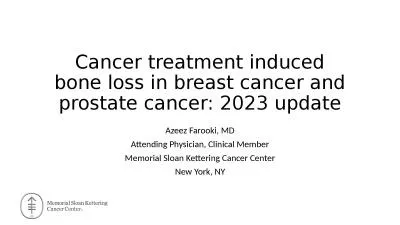PPT-Expanding Treatment Options in SCCHN: What Role Do Cancer Immunotherapies Have?
Author : marina-yarberry | Published Date : 2019-12-30
Expanding Treatment Options in SCCHN What Role Do Cancer Immunotherapies Have Moderator Robert Haddad MD Associate Professor of Medicine Harvard Medical School Disease
Presentation Embed Code
Download Presentation
Download Presentation The PPT/PDF document "Expanding Treatment Options in SCCHN: Wh..." is the property of its rightful owner. Permission is granted to download and print the materials on this website for personal, non-commercial use only, and to display it on your personal computer provided you do not modify the materials and that you retain all copyright notices contained in the materials. By downloading content from our website, you accept the terms of this agreement.
Expanding Treatment Options in SCCHN: What Role Do Cancer Immunotherapies Have?: Transcript
Download Rules Of Document
"Expanding Treatment Options in SCCHN: What Role Do Cancer Immunotherapies Have?"The content belongs to its owner. You may download and print it for personal use, without modification, and keep all copyright notices. By downloading, you agree to these terms.
Related Documents














